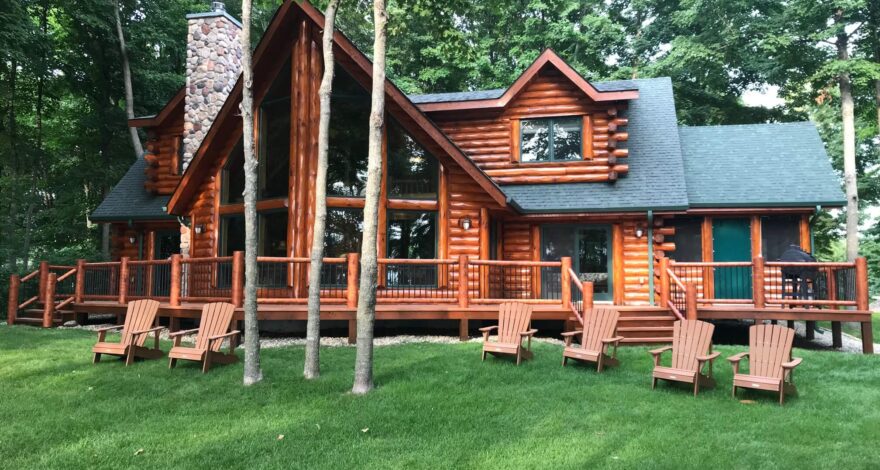When it comes to building a log home, one of the most important aspects to consider is the chinking. Chinking is the material used to fill the gaps between the logs in a log home, and it is crucial for the overall integrity, appearance, and energy efficiency of the home. If you are building a log home or are looking to purchase one, it is essential to understand why chinking is so important. In this article, we will take a closer look at what chinking is, why it is necessary, and how it can impact the overall look and performance of your log home.
What is Chinking?
Chinking is a flexible, cement-like material that is used to fill the gaps between the logs in a log home. It is designed to be flexible and expand and contract with the logs as the temperature and moisture levels in the home change. Chinking is typically made from a mixture of Portland cement, sand, and other ingredients that give it the necessary flexibility and durability.
Why is Chinking Important?
Chinking is important for several reasons, including:
- Energy Efficiency: The gaps between the logs in a log home can be significant, and they can let a lot of air in and out of the home. This can lead to increased heating and cooling costs as the home tries to regulate the temperature. By filling these gaps with chinking, the home becomes much more energy efficient and can help to reduce energy bills.
- Structural Integrity: The gaps between the logs in a log home can also weaken the overall structure of the home. The logs need to be tightly fitted together to ensure that the home remains sturdy and strong. Chinking helps to fill in these gaps and keep the logs securely in place.
- Appearance: Chinking not only improves the functionality of a log home but also its appearance. Without chinking, the gaps between the logs can be unsightly and detract from the overall beauty of the home. With chinking, the home has a much more polished and professional appearance.
How Chinking Can Impact Your Log Home
The type of chinking you use and how it is applied can have a significant impact on your log home. Poorly installed or low-quality chinking can crack, peel, or fall out over time, leaving gaps in your home that can let in air, moisture, and even pests. On the other hand, high-quality chinking that is expertly installed can provide many years of performance and protect your home from the elements.
When choosing chinking for your log home, it is essential to consider the following factors:
- Quality: Make sure to choose a high-quality chinking that is specifically designed for use in log homes. Look for chinking that has a good track record of performance and is backed by a warranty.
- Color: Choose a color that complements the color of your logs. You want the chinking to blend in with the logs and not stand out.
- Texture: Look for chinking that has a texture that matches the texture of your logs. This will help to create a more cohesive and polished look for your home.
- Installation: Make sure to have the chinking expertly installed by a professional. Poorly installed chinking can lead to many problems, including cracking, peeling, and falling out.
If you need your chinking applied or replaced on your Minnesota log cabin, contact us below!

